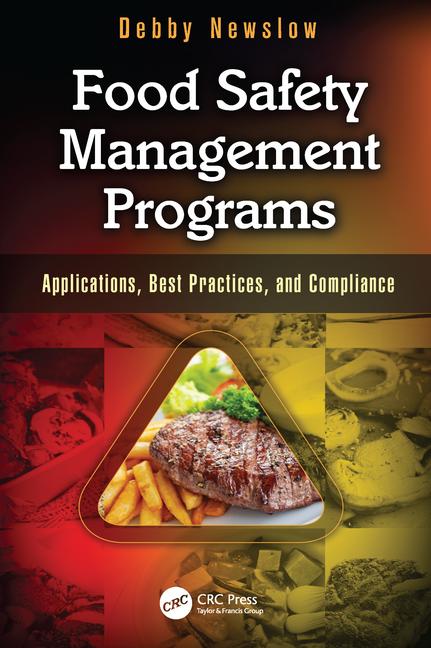Foodservice Food Safety Training Leaves Low-Literacy Employees at a Disadvantage, Study Finds

Image credit: stockking via Freepik
A recent survey of foodservice employees revealed weaknesses in currently used food safety training materials for food handlers, reporting that low-literacy trainees are often left at a distinct disadvantage.
The study, published in the Journal of Food Protection and carried out by researchers at the University of Houston’s College of Global Hospitality Leadership, was conducted with the intent of informing the development of a food safety training toolkit for novel foodservice food handlers with low literacy. A toolkit was designed to complement American National Standards Institute (ANSI)-certified food handler training, as many states, including Texas, California, Illinois, and Arizona, require that all foodservice employees pursue ANSI-certified food handler training and certification. After the toolkit was developed, the researchers tested its effectiveness at improving food safety learning outcomes for novice food handlers.
Previous studies have found that traditional food safety training modules rely on excessive text, audio, and visuals, providing a poor instructional experience for novice workers with lower levels of education or literacy. The authors defined low-literacy food handlers as those who may have several years of experience in the foodservice industry but also have low literacy skills or a language barrier that acts as a hindrance to training and/certification. Additionally, research suggests that almost 57 percent of entry-level foodservice employees have little to no education, adding to the level of difficulty that training platforms can present for novice-level foodservice workers, especially when they are unfamiliar with the use of technology or online platforms.
The survey included interviews with foodservice stakeholders in a variety of roles, such as chefs, managers, human resources personnel, and health inspectors. Their responses were analyzed to develop the novice training toolkit, which was complimentary to ANSI-certified training and consisted of five parts: basic food safety, personal hygiene, cleaning and sanitizing, cross-contamination and allergens, and time and temperature. The food safety knowledge of 25 food handlers was measured through a pre- and post-training intervention survey to assess the effects of the toolkit on food safety knowledge and self-efficacy. The knowledge of the group of trainees who were taught with the toolkit was compared against a control group who were given ANSI-certified training materials only.
Participants in the initial interviews, responsible for overseeing anywhere from 10–10,000 employees, voiced concerns about the effectiveness of current food safety training for low-literacy food handlers and expressed the need for accommodations to be created. The majority of the participants reported not having a say in choosing the food safety training program given to food handlers. All participants confirmed overseeing at least one employee who is not literate, and supervising more than one employee who are low-literacy or low-education. Comprehension of training materials was reported as a challenge, and some respondents admitted to completing training modules for their employees to comply with regulations.
When asked to describe an ideal food safety training program, the interviewees mentioned training materials that contain fewer words and more pictures, and are less than two hours long in total. Several respondents also suggested that online courses should be paired with hands-on training.
Among the foodservice workers who participated in the ANSI-certified training and were given the toolkit materials, 8 percent reported having no education, while 8 percent, 12 percent, 12 percent, and 20 percent reported their highest levels of education to be grades 1–11, no diploma but completed 12th grade, attained a regular high school diploma, or attained a GED/alternative credential, respectively. The majority of participants (96 percent) reported that they had taken ServSafe food safety training in the past, and 84 percent had worked in the food industry for four or more years.
Overall, the researchers found that the novel training toolkit was effective, as the toolkit intervention group had higher overall post-training knowledge scores than the control group. Additionally, despite the majority of the study participants having several years of experience in the foodservice sector, adequate training was seen to increase low-literacy foodservice workers’ food safety self-efficacy, or in other words, their self-confidence that they can understand food safety training materials and pass required tests for certification.
The study was supported by the Society for Hospitality and Foodservice Management Foundation. The first author on the study is Karla Acosta, Ph.D., Adjunct Faculty Member at the University of Houston’s College of Global Hospitality Leadership and Food Safety Manager for The Acheson Group.
Looking for a reprint of this article?
From high-res PDFs to custom plaques, order your copy today!







